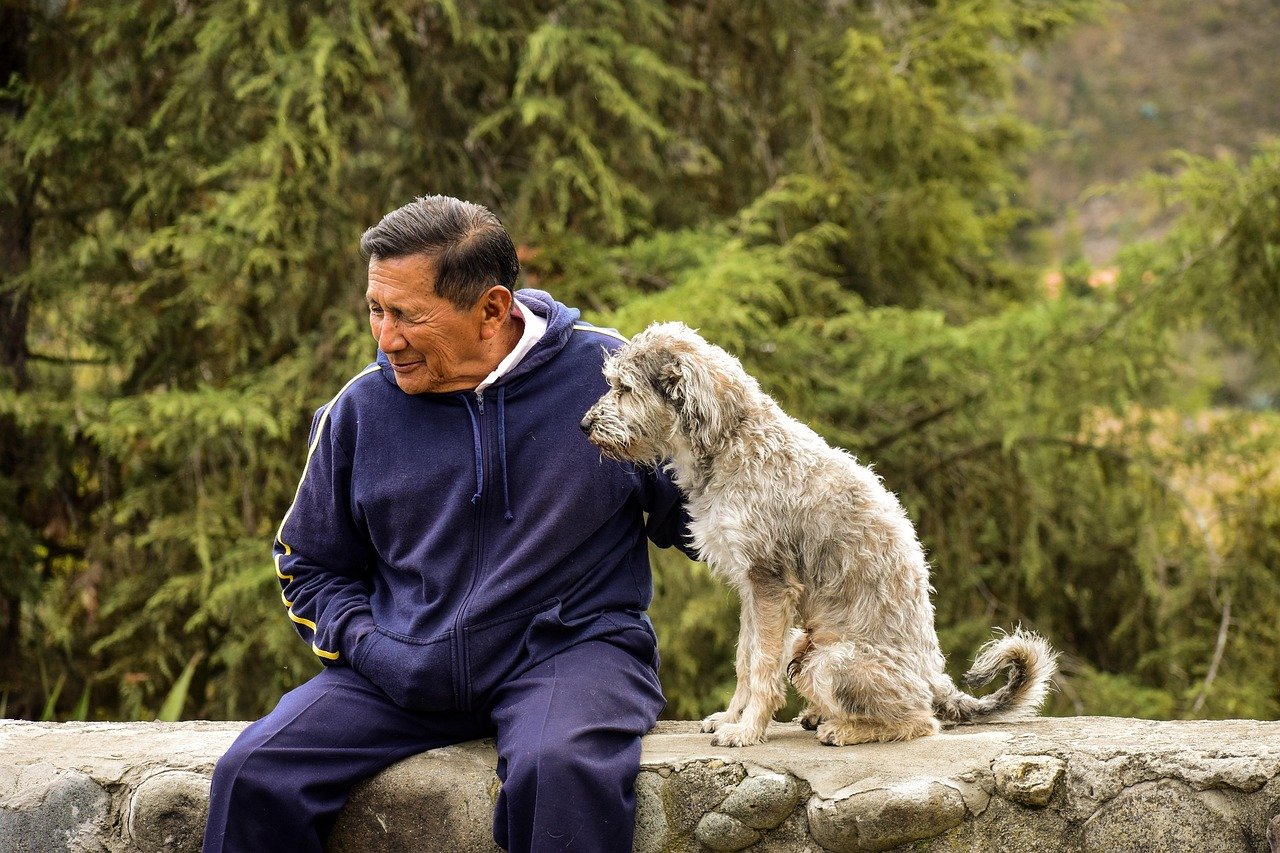Picture this: you’ve just hung up your work boots for the final time, the golden years are stretching ahead of you, and your house feels a little too quiet. Maybe you’re scrolling through adorable dog photos online, or perhaps a friend suggested that getting a furry companion might be just the ticket for this new chapter of your life. But hold on there, friend. Before you fall head over heels for those puppy-dog eyes at the local shelter, there are some crucial things veterinarians want every retiree to know about bringing home a four-legged family member.
Health Checkups Become Your New Best Friend
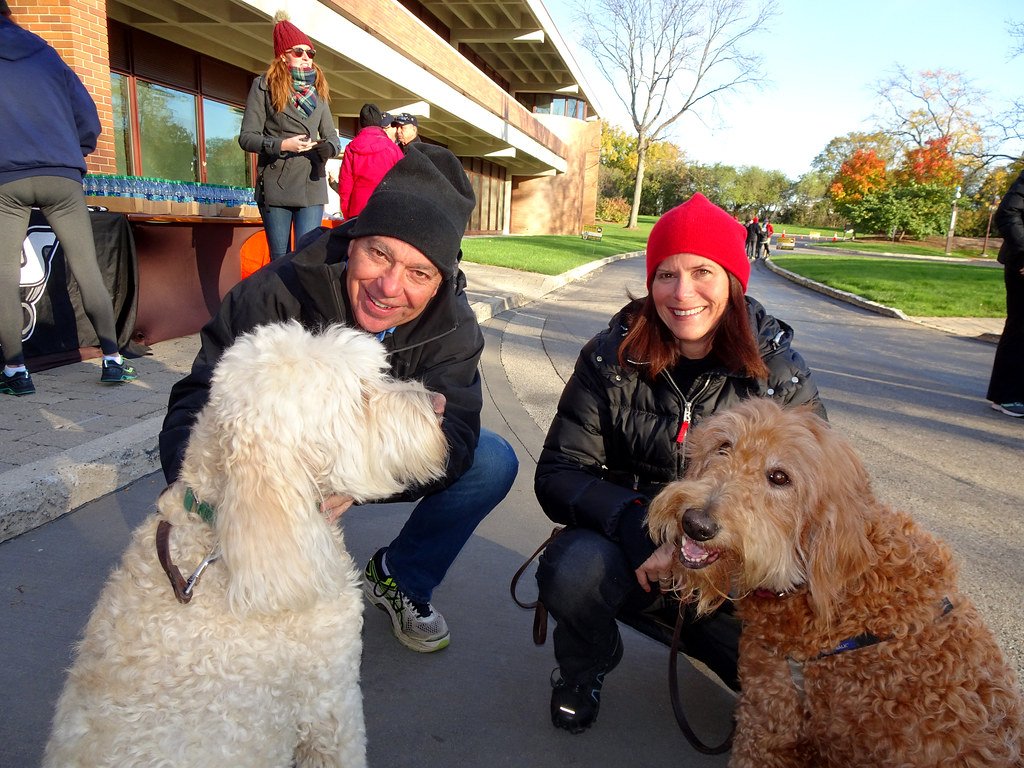
Senior dogs need to see a veterinarian every six months, including visibly healthy pets. This might sound like a lot, but trust me on this one. Your retirement budget needs to include regular vet visits because older dogs are like vintage cars – they need more frequent tune-ups to keep running smoothly.
You can proactively manage pet health concerns by scheduling regular screenings with your veterinarian, usually including bloodwork, urinalysis, physical examinations, and dental examinations. Think of these visits as preventive care that can save you thousands down the road when small issues are caught before they become big, expensive problems.
The Three Month Rule Will Test Your Patience

It generally takes dogs three days to initially adjust to your home, followed by around three weeks of bonding and getting used to your lifestyle and daily routine, and then about three months for your dog to build trust and really settle in. This isn’t just some random timeline – it’s backed by years of veterinary behavioral science.
During those first few months, you might wonder if you made a mistake. Your new companion might seem anxious, refuse to eat, or hide under the coffee table when visitors come over. This is completely normal, but it requires patience that some folks find challenging when they expected instant companionship.
Financial Reality Check Time
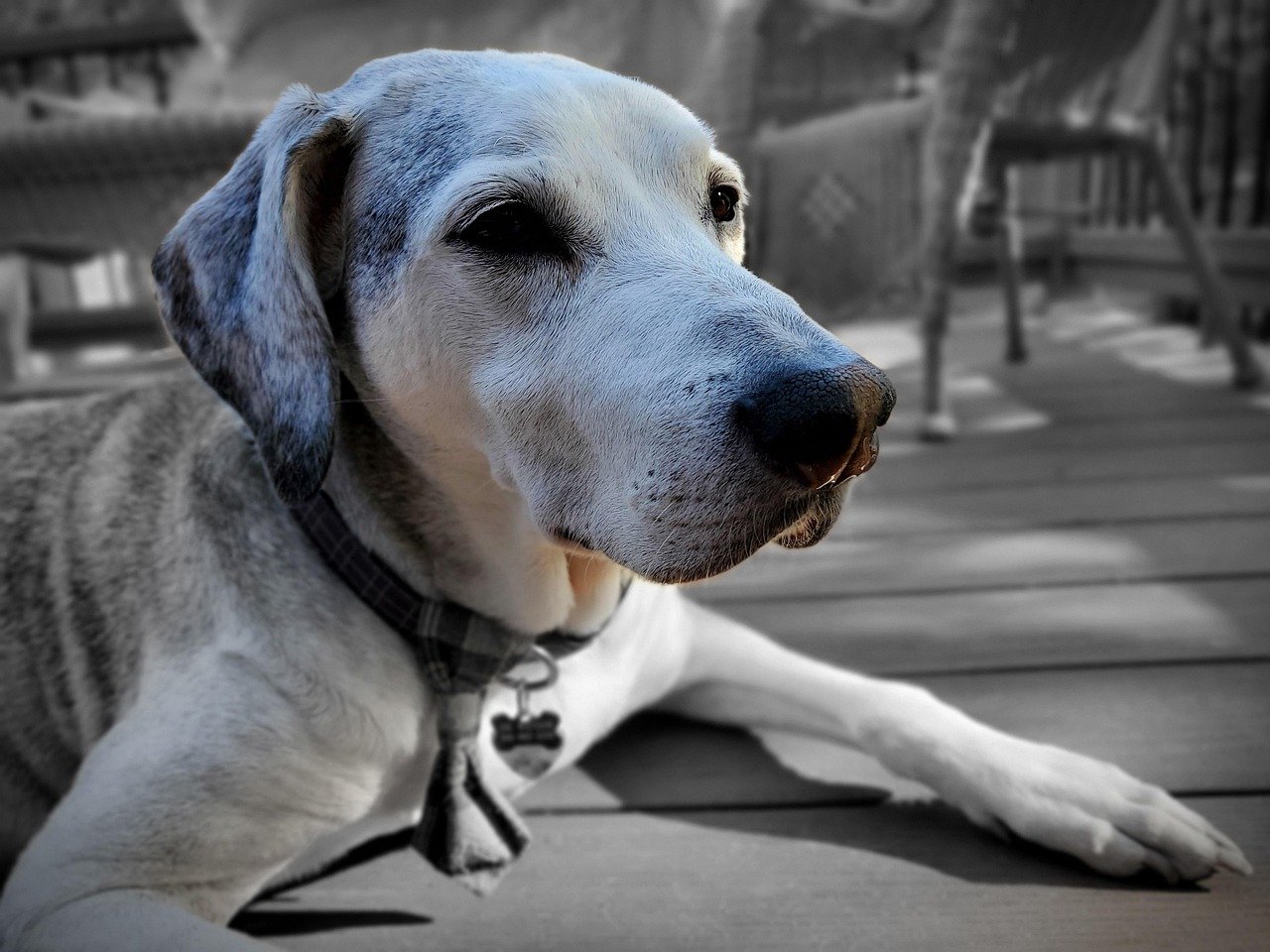
The first year of owning a dog can cost up to $2,000, assuming the pet will not have an unexpected health condition or medical emergency, which can quickly add thousands of dollars to the overall cost. Many retirees living on fixed incomes find this surprising.
Many retirees live off a fixed, limited income with little space for an additional pet budget, and it can be challenging for seniors to afford pet food, vaccinations, and veterinary care while also ensuring they have enough food for themselves. The good news? There are assistance programs specifically designed to help seniors with pet care costs.
Senior Dogs Might Be Your Perfect Match
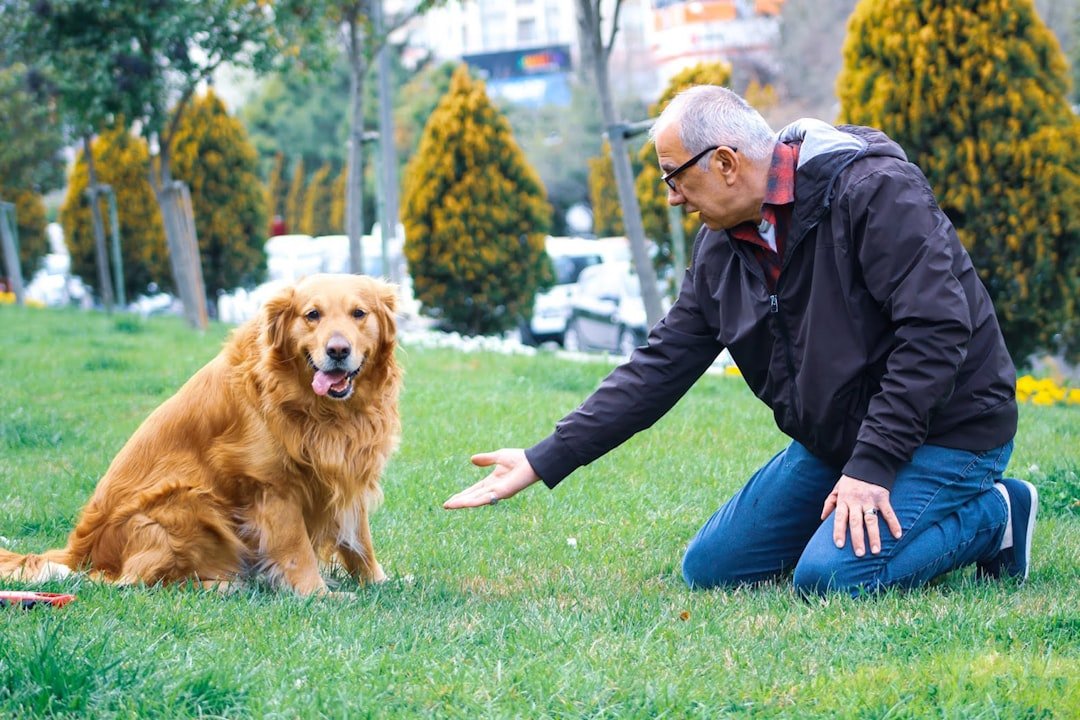
Senior dogs are often overlooked in shelters, but their calm temperaments and low energy levels make them ideal companions, and older dogs are typically housebroken and are still capable of learning new behaviors. This could be the universe’s way of saying you’re meant for each other.
One of the biggest advantages of getting an older furry friend is that they are usually already trained, with nearly all dogs being housebroken, and most can walk on a leash. No more puppy accidents on your nice carpet or chewed-up slippers – senior dogs come with built-in manners.
Exercise Needs Change But Don’t Disappear
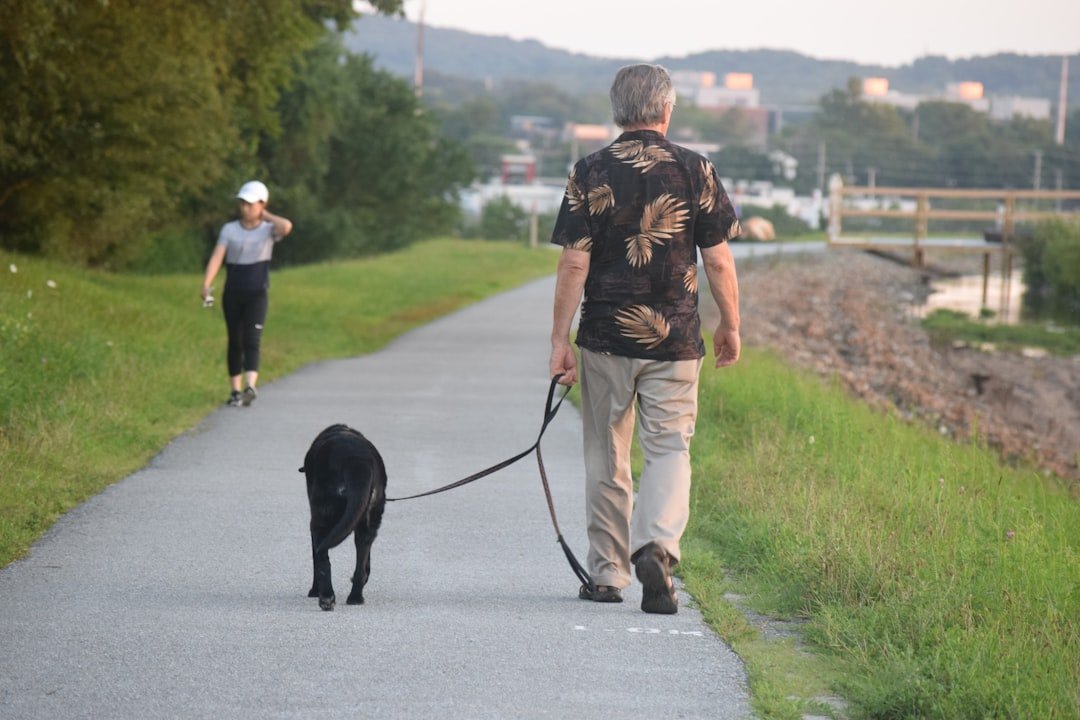
An older dog might not need as many walks, but they still need a walk to let them work off excess energy and experience the outdoors, including sniffing the world around them, which is essential for all dogs, but more so for seniors. Think gentle strolls rather than marathon hikes.
Older dogs don’t need as much intense exercise and are very happy with just a couple of moderate walks a day, and many older dogs have been there, done that when it comes to adapting to new routines. This can actually align perfectly with a retiree’s lifestyle – no more 5 AM puppy energy bursts when you’re trying to enjoy your morning coffee.
Home Modifications Might Be Necessary
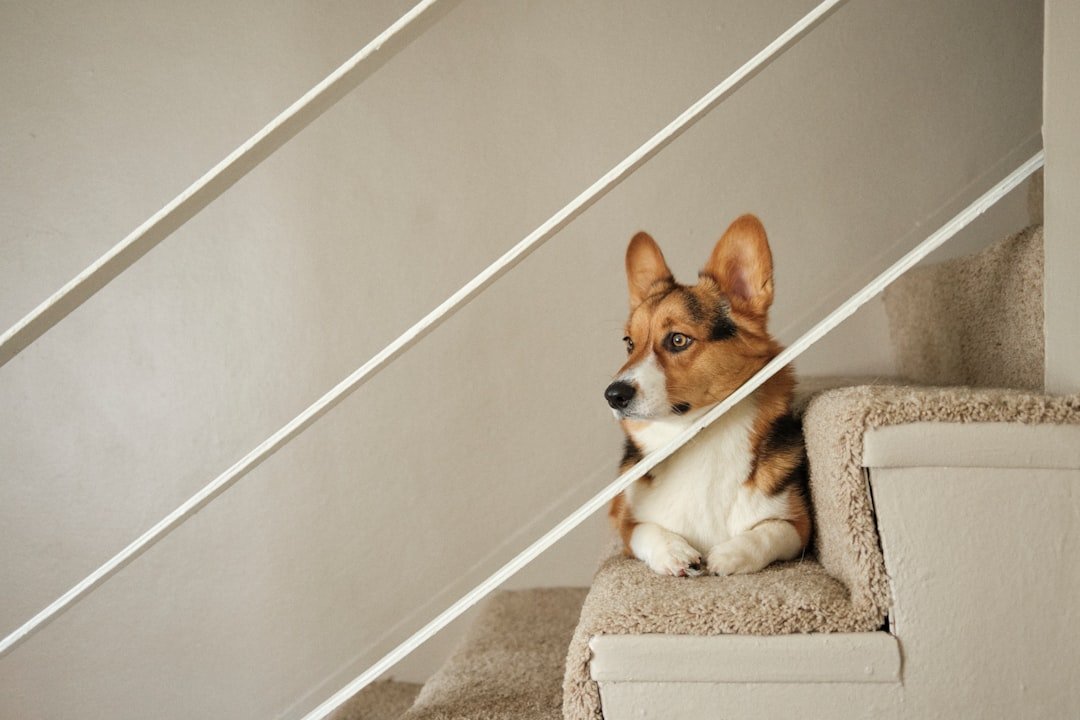
If your senior dog has any mobility issues, it’s important to block off stairs with a pet gate to keep them safe, and using dog stairs or a ramp can help your new pup get in and out of a car and up on couches or beds with ease, along with elevated food bowls and an orthopedic dog bed.
Placing rugs on slippery floors can also help your senior dog walk without slipping. These modifications aren’t just about comfort – they’re about preventing injuries that could lead to expensive emergency vet visits. Think of it as creating a senior-friendly environment for both you and your new companion.
The Emotional Preparation Nobody Talks About
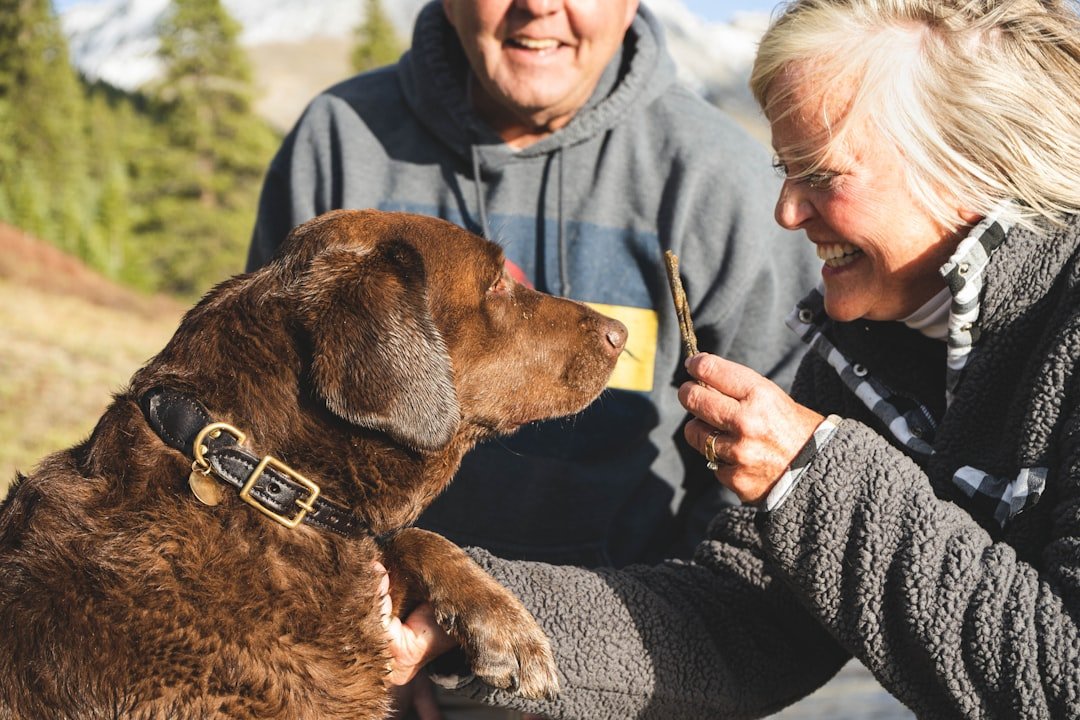
The biggest challenge is knowing you’re not going to have as much time with them, and there’s a mental preparation that you have to do when you’re adopting an older or senior pet. This isn’t meant to discourage you, but vets see too many adopters who weren’t emotionally prepared for this reality.
Life is unpredictable, and there are no guarantees whether a pet will pass because of an accident or natural causes, but you’re helping to save a life – and because of you, that dog or cat is going to have a loving family and, ultimately, a happy retirement. Sometimes the most meaningful relationships are the ones where we know time is precious.
You Need a Backup Plan
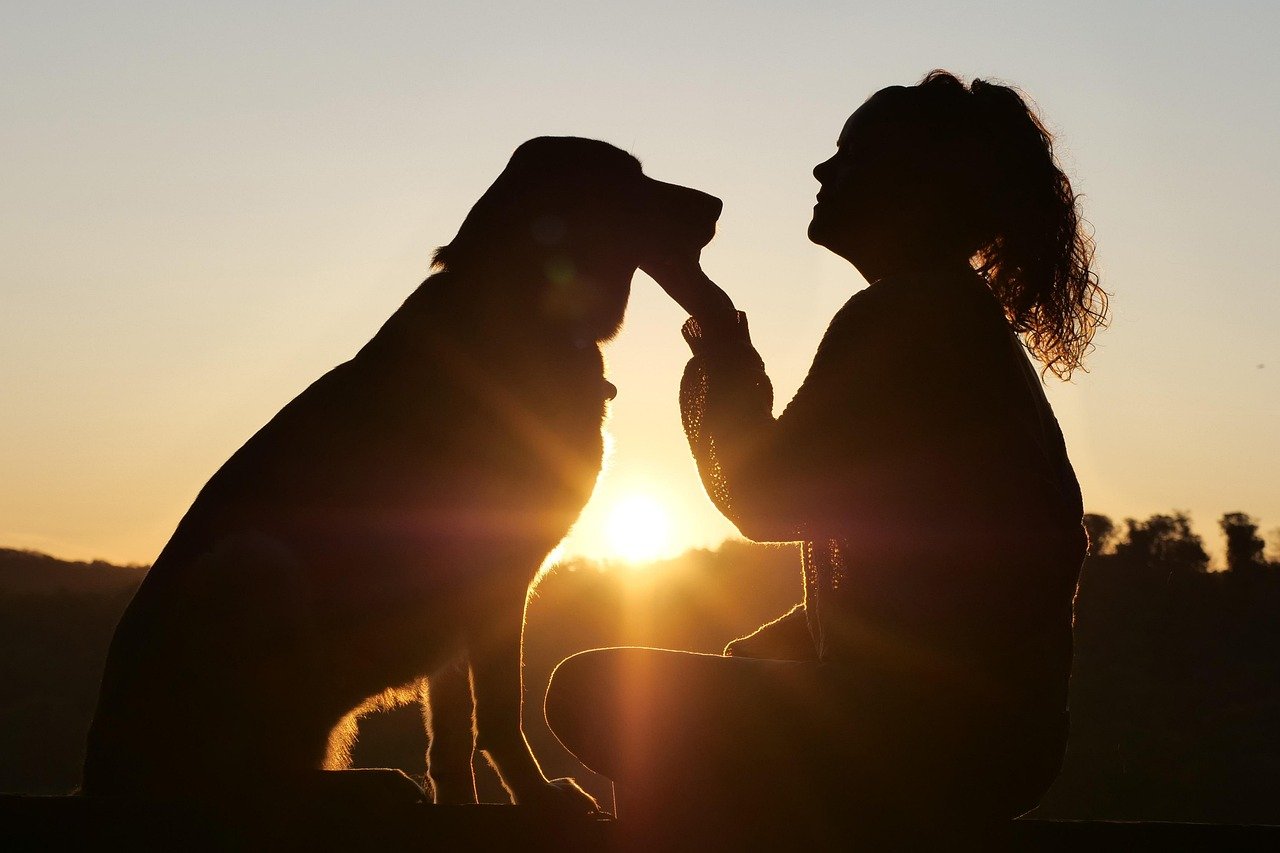
The older we get, the more we need a backup plan for our dogs, in the event of our deaths. This might feel morbid to discuss, but responsible pet ownership means planning for all possibilities.
All pets should be included in your will, with each pet coming with funds for their care and detailed veterinary records. Some rescue organizations even offer “return policies” where they’ll take the dog back if circumstances change. Having these conversations early prevents difficult situations later.
Cognitive Changes Happen to Dogs Too
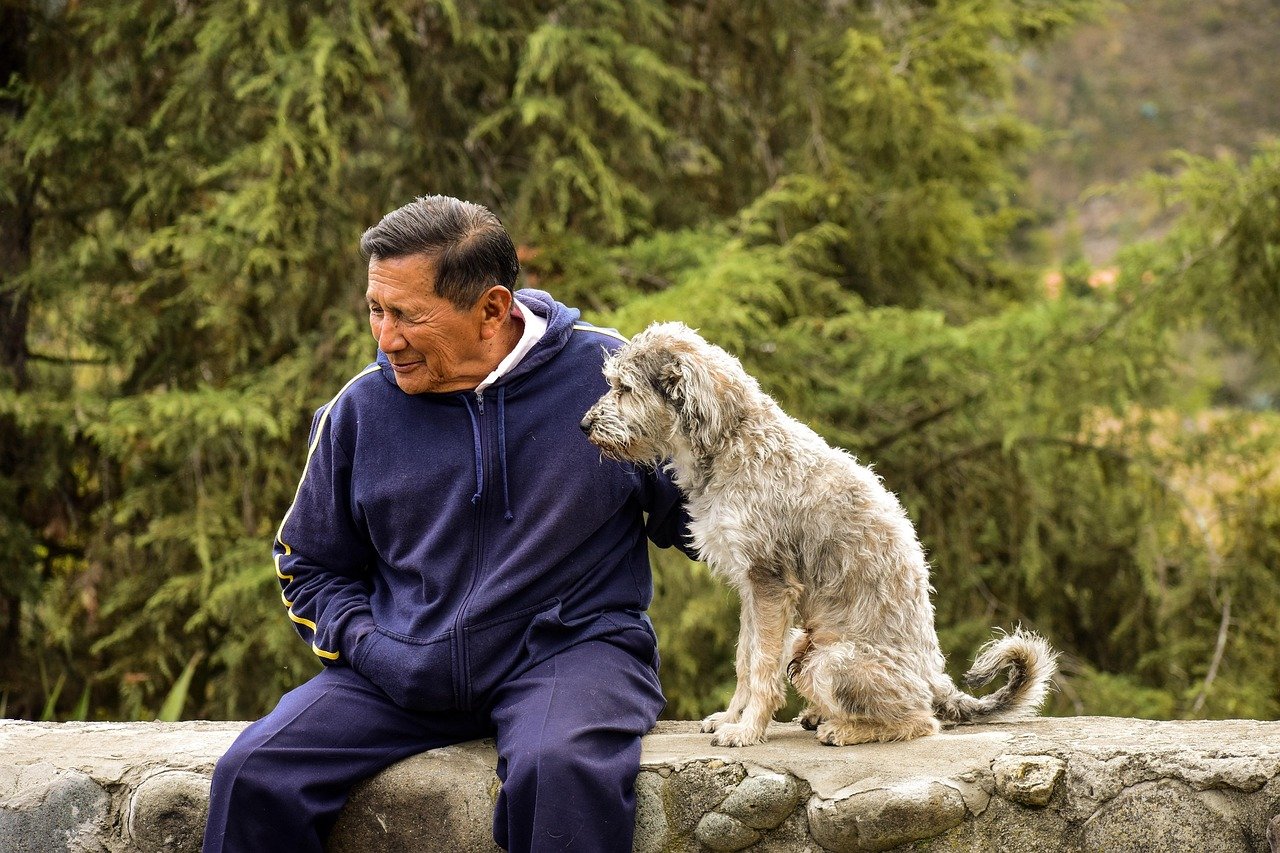
Senior pets can show signs of senility or cognitive dysfunction, and stimulating them through interactions can help keep them mentally active. Just like humans, dogs can develop dementia-like symptoms as they age.
Clinical signs include lack of recognition of and interaction with familiar people and objects, loss of house training, losses in behavioral training, appetite changes, and compulsion or pacing. The good news? Many mature dogs enjoy reward-based training just as much as younger dogs do, and you’ll still be able to enjoy that time building a strong bond and relationship.
The Health Benefits Are Real

Seniors who care for dogs go to the doctor less than those who do not, with even the most highly stressed dog guardians in studies having 21 percent fewer physician contacts than non-dog guardians. Your new furry friend might actually improve your own health outcomes.
Studies show that seniors with companion animals do not become depressed as often as those without companion animals, go for more walks and are generally more active, and those who suffer the loss of a spouse and care for a companion animal are less likely to experience deterioration in health following that stressful event. Sometimes the best medicine really does have four legs and a wagging tail.
Conclusion

Adopting a dog in retirement isn’t just about gaining a companion – it’s about embracing a lifestyle change that comes with both incredible rewards and significant responsibilities. The veterinarians who see these relationships bloom every day want you to succeed, which is why they emphasize preparation, realistic expectations, and proper planning. Yes, there will be vet bills, home modifications, and moments of worry. But there will also be morning walks that give your day structure, unconditional love that fills quiet moments, and the profound satisfaction of knowing you’ve given a deserving animal their best life possible.
Remember, the right dog is out there waiting for you – but taking the time to prepare properly means you’ll both be set up for a beautiful friendship that enriches these golden years in ways you never expected. What kind of tail-wagging adventure are you ready to begin?

